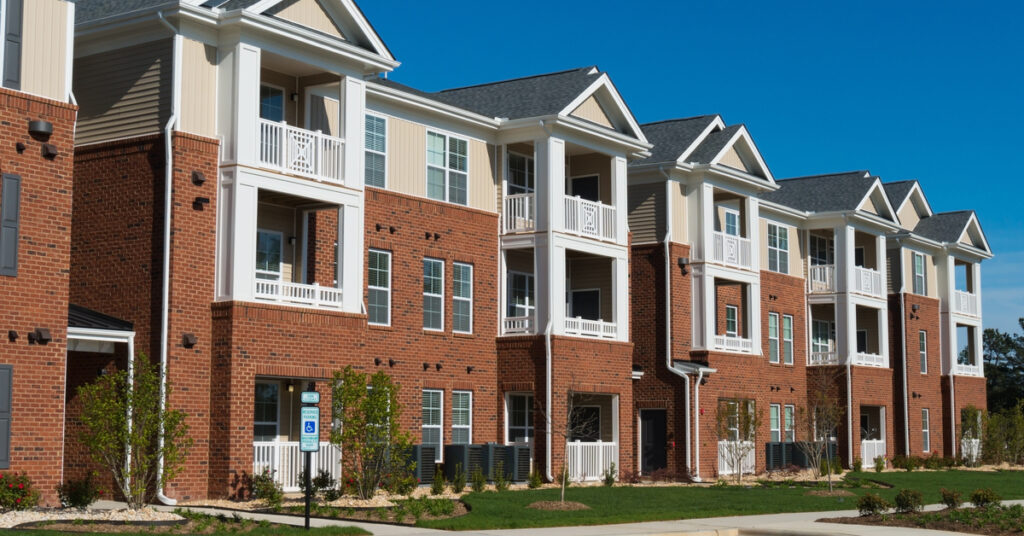Multifamily asking rents jumped 6.3% year over year in June, the largest annual increase seen by Yardi Matrix since the company began keeping track.
Rents grew to $1,482, up $23 from June 2020 — another all-time high. The national apartment market has done a total about-face from its struggles earlier during the pandemic, with most of the gateway markets that had lagged the most now performing well.
A variety of market dynamics are leading to the rent spike. For one thing, migration into cheaper metros near more expensive gateways remains in play in several Southwest and Southeast metros. Inbound relocation to Phoenix (17.0% year-over-year rent growth) continues to propel Arizona’s capital to the top of rent growth rankings among Yardi’s top 30 metros, and annual gains were likewise strong in Tampa (15.1%), Las Vegas (14.6%) and Atlanta (13.3%). Phoenix and Tampa (both at 2.5% month-over-month rent growth) lead the nation in short-term rent growth as well, illustrating that migration is propelling rent shifts rapidly, rather than gradually.
For those large gateways that have begun to bounce back, the rebound has been driven by people returning to their urban cores. Offices pulling back from flexible remote-work policies have helped rents in cities like New York (1.9% month over month), Seattle (1.9%), Chicago (1.7%) and Washington, D.C. (1.7%) accelerate short-term growth. New York’s annual rent change remains so far in the red, while Seattle and Washington remain near the bottom of year-over-year rent growth rankings. Still, speedy gains from month to month suggest those cities will gain better footing sooner rather than later.
Of course, the scorching housing market has also helped, with skyrocketing home prices and intense competition between buyers keeping many renters from switching lanes into homeownership. Low supply of for-sale homes has exacerbated matters, and without enough houses to satisfy buyer demand, many have been held out of the market, left to rent an apartment for at least another year.
Interestingly, year-over-year rents in the renter-by-choice class tracked by Yardi grew faster than those in the renter-by-necessity class during June. Lifestyle rents grew 7.2% annually during the month, compared to 5.8% for renter-by-necessity rents. It’s the first time since 2011 that rent growth for the former has exceeded the latter, with federal government stimulus, increased household savings and solid wage growth empowering many renters by choice to seek out high-cost residences.








